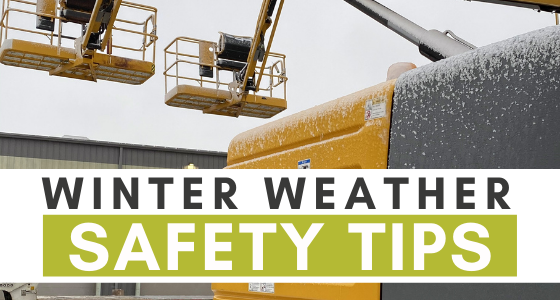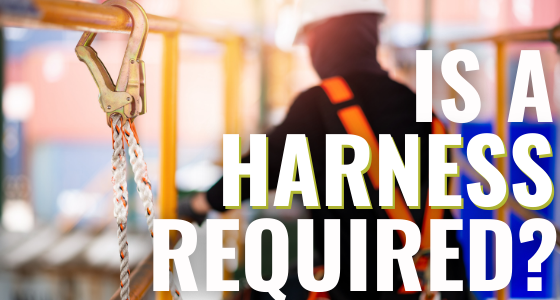
Winter Weather Safety
When winter weather strikes, it can damage your equipment and cause harm to your employees....

When winter weather strikes, it can damage your equipment and cause harm to your employees....

When are you required to use a harness? The short answer to this question is:...